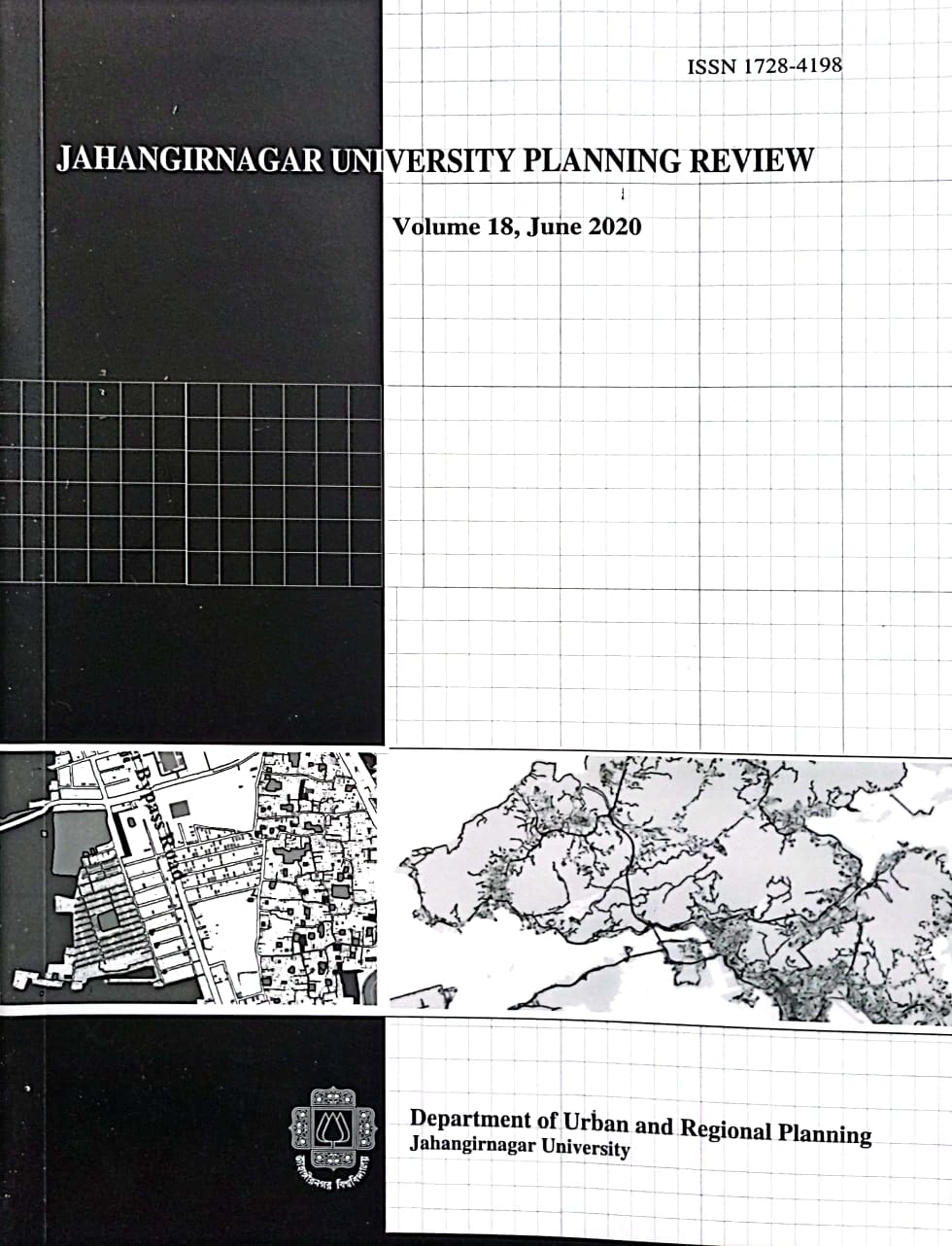TOD and Node-place Synergic Effect around Stations: A Case Study on Hong Kong
Main Article Content
Abstract
Mass transit not only provides convenient transportation but also underpin the
attractiveness of areas around the stations. The story behind this phenomenon is the
synergic effect between the accessibility and land use development. This study has tried
to unveil the transit landuse synergistic effect around the MTR station in Hong Kong.
Spatial Design Network Analysis (sDNA) was used to calculate the value of the Angular
Betweenness Centrality for measuring accessibility. Land use development on the
otherhand measured through Simpson’s index using Geographical Information Systems
(GIS) 10.5. These are the two preselected variablesto evaluate the synergy in800m radius
around 84 MTR stations, selected for the study. The result has identified the quality of
TOD precinct from both node and place perspective using the node-place model of
Bartolini. According to this study, although most areas around the metro stations in
Kowloon and Hong Kong Island are performing well, there are still some imbalancethat
need proper planning actions. With these results in hand, TOD planning proposals can
become more accurate by targeting investments on the most relevant or critical factors.

